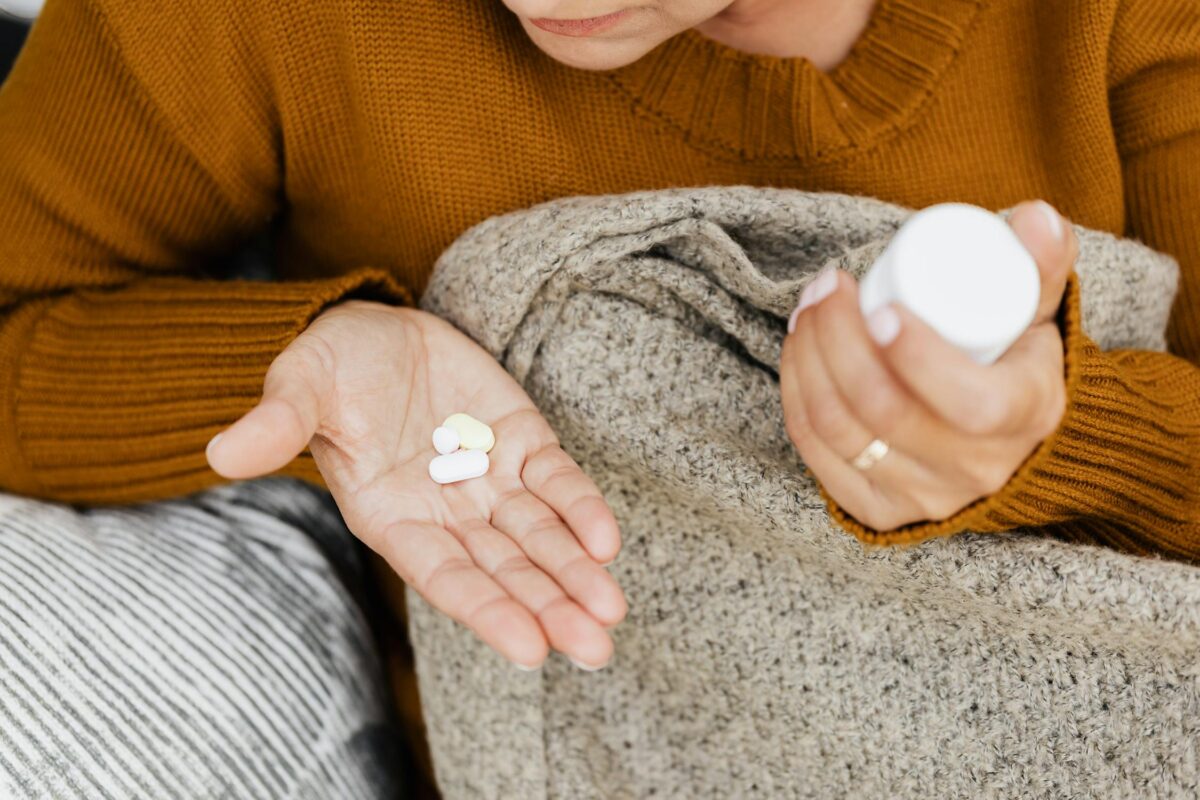Blog
Adderall Dosage Guide: Typical and Maximum Dosages for Effective and Safe Use

Understanding how much Adderall to take can feel confusing. Many people want to know what the right dose is for them. Whether you have ADHD or narcolepsy, knowing proper dosage helps you get the benefits without risking side effects. Doses vary from person to person, depending on age, weight, and health. Always work with your doctor to determine what’s best for you. This guide covers typical doses, maximum limits, and tips to stay safe. Find out the safe maximum adderall dose in 24 hours. Get insights on usage guidelines, risks, and expert recommendations.
Understanding Adderall: What You Need to Know

What is Adderall?
Adderall is a medication that combines two stimulant ingredients: amphetamine and dextroamphetamine. It is mainly used to treat attention deficit hyperactivity disorder (ADHD) and narcolepsy. The drug helps improve focus, reduce impulsiveness, and increase alertness. It comes in different forms and strengths to suit various needs.
How Does Adderall Work?
Adderall speeds up certain chemicals in your brain, mainly dopamine and norepinephrine. These chemicals help you stay alert and concentrated. When these signals work better, symptoms of ADHD lessen, and wakefulness improves in narcolepsy cases. It acts quickly, especially in its immediate-release form.
Forms and Formulations
Adderall is available as:
- Immediate-release (IR): Starts working fast, usually within 30 minutes, lasting 4-6 hours.
- Extended-release (XR): Releases medicine gradually, lasting around 10-12 hours. Great for all-day symptom control.
Each type offers a different experience in how fast it kicks in and how long it lasts.
Typical Adderall Dosages for Different Conditions

Adderall Dosage for ADHD
For children aged 3-5, doctors start with low doses, often 2.5 mg once daily. For older kids and adults, common starting doses range from:
- Children: 5 mg per day
- Adults: 10 mg per day
Physicians typically increase the dose gradually, based on how well the medicine works and side effects. The goal is to find the lowest effective dose that controls symptoms.
Adderall Dosage for Narcolepsy
Treating narcolepsy usually involves higher doses. Adults may start with 10 mg once or twice daily. The dose can go up to:
- Adults: 60 mg per day in divided doses
Because narcolepsy requires constant wakefulness, doses tend to be higher than for ADHD but are carefully managed to prevent side effects.
Dosage Adjustments Based on Age, Weight, and Severity
Children’s doses are often based on age and weight. For younger kids, lower doses are safest. As the severity of symptoms increases, doctors may increase the dose, but never beyond safe limits. For adults, healthcare providers consider factors like body weight and how serious the condition is when setting doses.
How to Determine the Right Adderall Dose
Initial Prescription Guidelines
Doctors start with a low dose to see how you respond. They may ask you to keep track of how well it works and any side effects. Adjustments are made gradually, usually weekly, until the ideal dose is reached.
Monitoring and Adjustments
Regular check-ups help your doctor see if the medication is helping and if side effects are manageable. Your dose might increase or decrease over time, depending on your response. Never change your dose on your own.
Signs of Over or Under-Dosing
If you experience rapid heartbeat, dizziness, or chest pain, your dose may be too high. On the other hand, if symptoms aren’t controlled, your dose might need adjusting. Common signs of underdosing include poor focus or continued hyperactivity.
Adderall Maximum Dosages: Safety Limits and Risks
FDA-Approved Maximum Daily Doses
The FDA limits the maximum dose based on age and formulation:
- For children under age 6: Usually not above 20 mg per day
- For older children and adults: Up to 60 mg per day for XR and 40 mg for IR
- Adults: Physicians may prescribe up to 60 mg daily for XR, but only under close supervision
Risks of Exceeding Recommended Dosages
Taking too much Adderall can lead to serious health problems, including:
- Heart issues like high blood pressure and irregular heartbeat
- Mental health effects such as anxiety or paranoia
- Dependency or addiction risks
- Insomnia or loss of appetite
Overdose situations require immediate medical attention to prevent long-term damage.
When to Seek Medical Attention
Contact your doctor if you notice chest pain, extreme agitation, hallucinations, or chest pains. Falling behind in symptom control might mean your dose needs adjustment, but sudden worsening of side effects calls for quick care.
Expert Opinions and Recommendations
Many mental health professionals emphasize the importance of personalized dosing. Each person responds differently, so a one-size-fits-all approach doesn’t work. Studies show effective doses vary widely—from as low as 5 mg to as high as 60 mg daily. Medical organizations warn against exceeding safe limits, stressing close monitoring by healthcare providers.
Practical Tips for Safe Adderall Use
- Always follow your doctor’s instructions exactly.
- Keep track of how you feel—any side effects or lack of improvement.
- Report concerns to your healthcare provider promptly.
- Avoid alcohol or other stimulants unless approved.
- Never share your medication with others.
Conclusion
Knowing your Adderall dose is key to getting the most benefit and staying safe. Typical doses vary for ADHD and narcolepsy, but always stick to your doctor’s guidance. Max doses are set to prevent health risks, and exceeding them can be dangerous. Remember, personalized treatment plans and medical supervision are essential. Use Adderall responsibly for the best results, and never hesitate to seek advice from healthcare professionals. Your safety and health come first.
